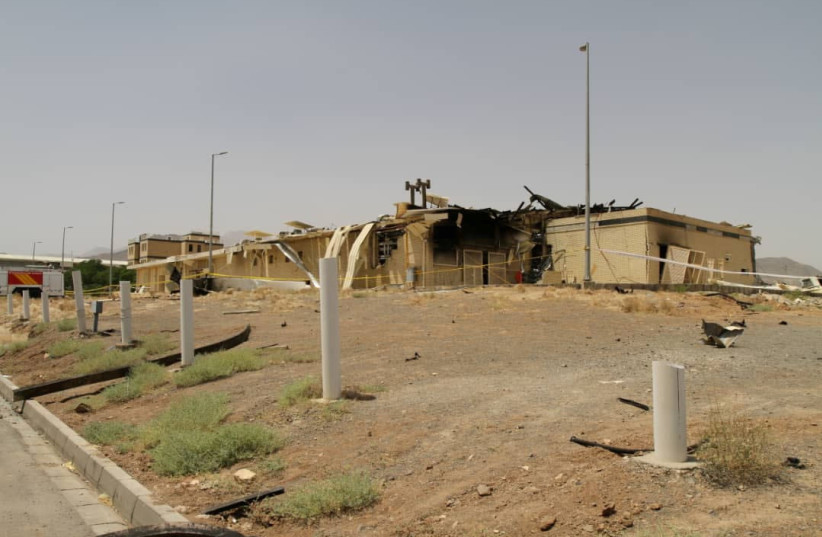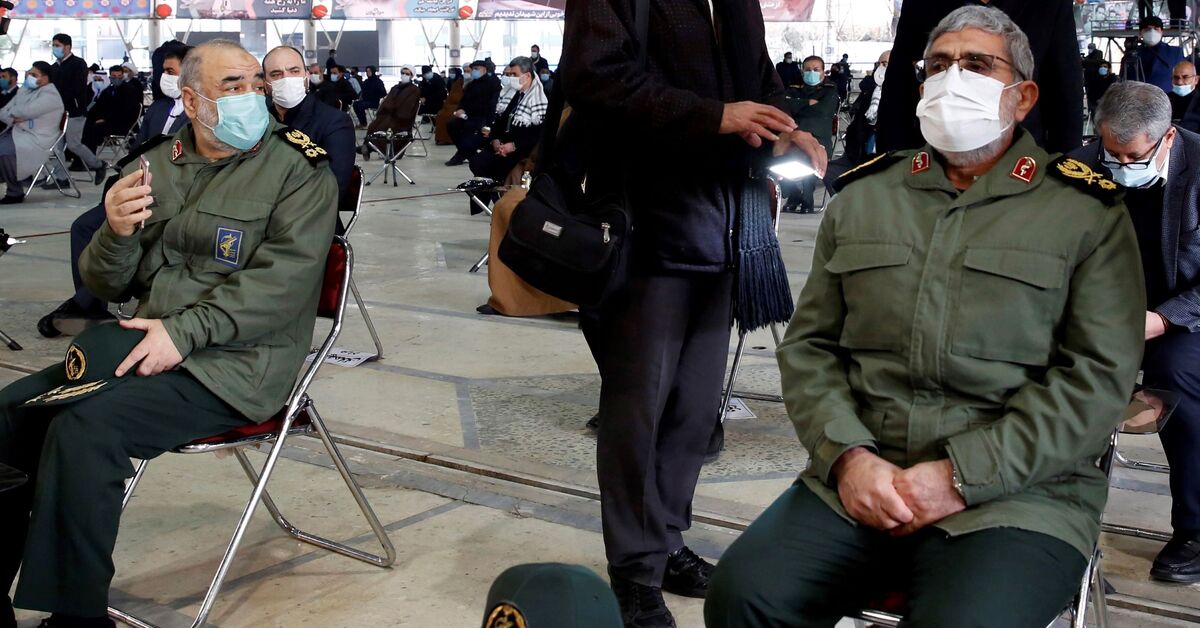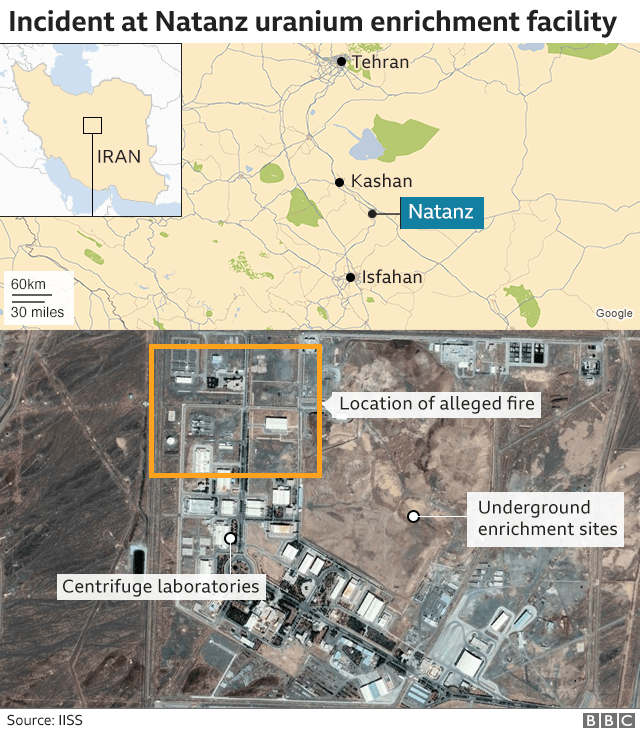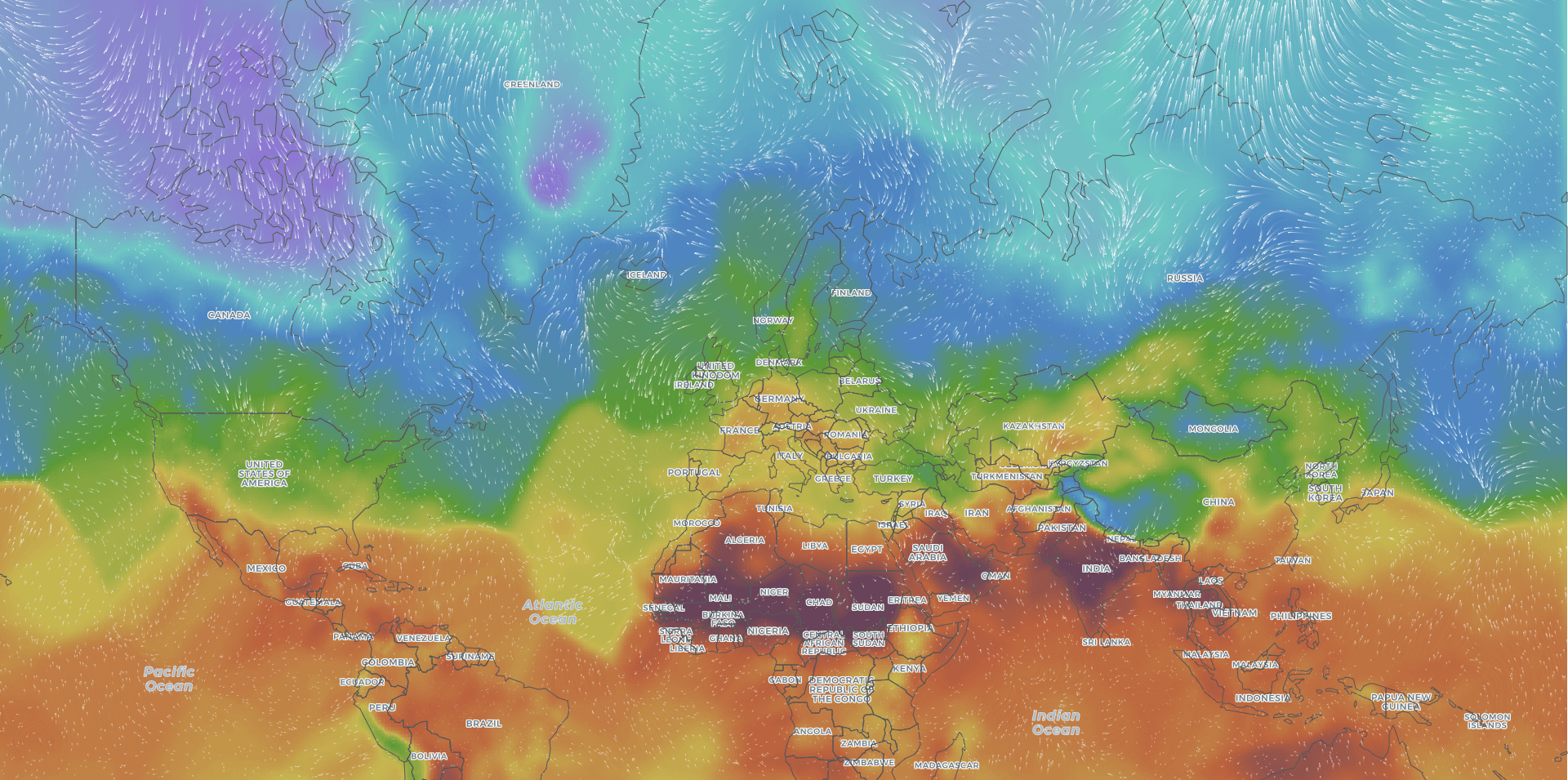Need for Enriched Uranium?
Iran has no need to enrich large quantities of uranium for reactor fuel, which is the stated aim of its centrifuge enrichment program. Russia is fueling Iran’s only power reactor (at Bushehr) and stands ready to do so indefinitely at a cost much lower than Iran would incur by enriching the uranium itself.
[21]
If Iran did try to make the fuel itself, it is unlikely that Iran could field enough centrifuges to do so within the next ten years, or even longer. A standard sized power reactor (1,000 MWe) such as Iran’s reactor at Bushehr requires about 21 metric tons of low-enriched uranium fuel per year, which would require generating nearly 100,000 SWU.
[22] Iran’s IR-1 centrifuges now produce about one metric ton per year. Thus, Iran’s program would have to increase its capacity about twenty-one fold to have any plausibility as a civilian effort.
In an October 2015 letter to then-President Hassan Rouhani, Iran’s Supreme Leader Ali Khamenei called upon the government to develop a plan for the country’s nuclear industry to achieve an annual uranium enrichment capacity of 190,000 SWU within 15 years. In order to accomplish this, Iran would have to manufacture, install, and operate almost 240,000 additional IR-1 centrifuges, based on their historic output. Or, Iran would have to perfect, manufacture, and deploy in production mode a lesser number of more powerful centrifuges. It is uncertain how long it would take Iran to accomplish either of these steps, but either would take many years.
Iran's Violations of Nuclear Accord
Following the U.S. withdrawal from the 2015 nuclear accord in May 2018, Iranian leaders threatened to stop implementing some of Iran’s commitments under the accord. Approximately one year later, Iran began doing so. The table below summarizes the steps Iran has taken since July 2019.
| Date | Iran's Violations of the 2015 Accord |
| July 2019 | Begins enriching uranium above the 3.67% U-235 limit set by the accord, to a level of up to 4.5% U-235. |
| August 2019 | Exceeds the cap of 300 kg of UF6 on its stockpile of low-enriched uranium set by the accord. |
| September 2019 | Expands its centrifuge research and development beyond the limits set by the accord, both in the number and type of more powerful centrifuge it operates. |
| November 2019 | Resumes uranium enrichment at locations beyond those mandated by the accord, including the Fordow plant and the Natanz pilot plant. |
| January 2020 | States it will no longer limit the number of centrifuges in operation, which had been capped at 5,060 IR-1 centrifuges operating at the Natanz Fuel Enrichment Plant. |
| July 2020 | Announces plans to transfer more powerful IR-2m, IR-4, and IR-6 centrifuges from the Natanz pilot plant to the Natanz Fuel Enrichment Plant. The accord limits Iran to the use of IR-1 centrifuges at the Fuel Enrichment Plant. |
| October 2020 | Installs IR-2m centrifuges and begins installing IR-4 centrifuges at the Natanz Fuel Enrichment Plant. |
| November 2020 | Begins uranium enrichment in a cascade of 174 IR-2m centrifuges at the Natanz Fuel Enrichment Plant. |
| January 2021 | Begins enriching uranium to the level of 20% U-235 at the Fordow plant and begins uranium enrichment in a second cascade of 174 IR-2m centrifuges at the Natanz Fuel Enrichment Plant. |
| February 2021 | Begins installing IR-6 centrifuges at the Fordow plant and uses a facility in Isfahan to produce uranium metal, which the accord prohibits for 15 years. |
| February 2021 | Stops implementing transparency measures, including the Additional Protocol to Iran's Comprehensive Safeguards Agreement and additional transparency and access measures allowed under the accord. |
| April 2021 | Begins enriching uranium up to 60% U-235. |
| May 2021 | Installs equipment to produce uranium metal in quantity. |
Footnotes:
[1] In a dash, Iran would be expected to use its uranium to fuel a bomb using an implosion design, such as the bomb dropped on Nagasaki, Japan; such a bomb would have to be tested to prove it worked, as was the Nagasaki bomb. A gun-type device such as the one dropped on Hiroshima without being tested, would require more than twice as much uranium.
[2] The IAEA estimated, but was unable to verify, that as of August 30, 2021, Iran's uranium stockpile contained 2372.9 kg of uranium in the form of uranium hexafluoride (UF6), 10.0 kg of which was enriched "up to" a level of 60% in the fissionable isotope U-235, 84.3 kg of which was enriched "up to" a level of 20% U-235, 1774.8 kg of which was enriched "up to" a level of 5% U-235, and 503.8 kg of which was enriched "up to" a level of 2% U-235. The U-235 isotope makes up about .7% of natural uranium; its concentration can be increased, or enriched, using centrifuges.
[3] Twenty kilograms of uranium enriched to 90% U-235 are assumed to be sufficient for one bomb. The uranium would need to be further processed into finished metal bomb components, which could cause about a 20% loss of material.
[4] According to pre-2016 production data from Natanz, Iran's IR-1 centrifuges have achieved an average annual output of about .8 separative work units, or SWUs, per machine. The IR-2m is based on Pakistan's P-2 centrifuge and is assumed in these estimates to have an operational output of 4 SWU (and a nominal output of 5 SWU). See Alexander Glaser, "Characteristics of the Gas Centrifuge for Uranium Enrichment and Their Relevance for Nuclear Weapon Proliferation (corrected)," Science and Global Security, Vol. 16, Nos. 1-2 (2008), p. 9. The SWU is the standard measure of the effort required to increase the concentration of the fissionable U-235 isotope. See
http://www.urenco.com/index.php/content/89/glossary.
[5] Iran's stockpile of enriched uranium is held at various levels and, as of August 30, 2021, was almost, but not quite not sufficient in U-235 to fuel five nuclear warheads. Thus, these calculations assume that Iran would first use this enriched stockpile and then its stockpile of natural uranium, and that a total of 100 kg of uranium enriched to 90% U-235 would be needed to fuel an arsenal of five nuclear weapons.
| Iran's Estimated LEU Stockpile (feed) | If enriched to weapon grade (product) | SWUs required | Number of nuclear weapons |
| 10.0 kg up to 60% U-235 (~54%) | 6 kg 90% U-235 | 30 SWU | |
| 84.3 kg up to 20% U-235 (~18%) | 14 kg 90% U-235 | 220 SWU | One weapon (250 SWU) |
| 1774.5 kg up to 5% U-235 (~4.5%) | 70 kg 90% U-235 | 2866 SWU | |
| 503.8 kg up to 2% U-235 (~1.8%) | 4.5 kg 90% U-235 | 314 SWU | |
| 950 kg natural uranium (.711% U-235) | 3.3 kg 90% U-235 | 562 SWU | 5 weapons (4,027 SWU) |
- An estimated 4,027 SWU would be needed to produce the 100 kg of 90% U-235 for an arsenal of 5 nuclear weapons.
- These theoretical calculations are generated using a SWU calculator published by URENCO, a European uranium enrichment consortium.
- Where the feed is enriched uranium, the tails are assumed to be 1%; the tails are estimated at .4% for natural uranium feed.
- The IAEA describes the enrichment level as "up to" a percentage, therefore a lower number is used for these calculations, included parenthetically.
With an output of .8 SWU annually, Iran’s 29 cascades of IR-1 centrifuges at FEP (assumed to contain about 168 machines per cascade) would generate about 3,900 SWU per year, Iran’s 1044 IR-1 centrifuges at FFEP would produce about 835 SWU per year, and Iran’s five cascades of IR-2m centrifuges at FEP (assumed to contain about 174 machines per cascade) would generate about 3,480 SWU per year assuming an operational capacity of 4 SWU per machine and tails of 1%. The IR-2m is based on Pakistan's P-2 centrifuge and is assumed in these estimates to have a nominal output of 5 SWU. Thus, at their combined capacity of about 8,215 SWU per year it would take at least 1.6 weeks for these operational centrifuges to produce the 250 SWU.
[6] As set forth in footnote 5, Iran would require a total of about 4,027 SWU to produce enough enriched uranium to fuel five bombs, which would take its operational capacity of 8,215 SWU about six months to produce. This time will diminish as Iran raises the enrichment level of its stockpile and deploys more centrifuges.
[7] In August 2021 Iran was operating five cascades of IR-2m centrifuges in production mode. It has at least 1,000 such centrifuges and may be producing more. The IR-2m is based on Pakistan's P-2 centrifuge and is assumed in these estimates to have an operational output of 4 SWU (and a nominal output of 5 SWU). See Alexander Glaser, "Characteristics of the Gas Centrifuge for Uranium Enrichment and Their Relevance for Nuclear Weapon Proliferation (corrected)," Science and Global Security, Vol. 16, Nos. 1-2 (2008), p. 9.
[8] 3,000 IR-2m centrifuges, each with an operational output of 4 SWU, would produce approximately 12,000 SWU in one year. If about 4,000 SWU are needed to produce the 20 kg of 90% U-235 to fuel one bomb (assuming tails of .3% and a feed assay of .7% U-235) then it would take at least 4 months to produce the 4,000 SWU.
[9] The same 3,000 IR-2m centrifuges, producing an assumed 12,000 SWU per year, would produce the 20,000 SWU needed to fuel 5 bombs in approximately one year and eight months.
[10] Each centrifuge is assumed to require about one square meter (10.7 square feet) of space, the amount used in Iran’s enrichment plant at Natanz. The ice surface of a National Hockey League rink is 200 feet long and 85 feet wide.
[11] 1,000 centrifuges at 10.7 square feet each would require about 11,000 square feet.
[12] "Verification and Monitoring in the Islamic Republic of Iran in Light of United Nations Security Council Resolution 2231 (2015) (GOV/2021/39)," International Atomic Energy Agency, September 7, 2021, paragraph 32.
[13] "Verification and Monitoring in the Islamic Republic of Iran in Light of United Nations Security Council Resolution 2231 (2015) (GOV/2021/39)," International Atomic Energy Agency, September 7, 2021, paragraph 35.
[14] "Verification and Monitoring in the Islamic Republic of Iran in Light of United Nations Security Council Resolution 2231 (2015) (GOV/2021/10)," International Atomic Energy Agency, September 7, paragraph 36.
[15] "Verification and Monitoring in the Islamic Republic of Iran in Light of United Nations Security Council Resolution 2231 (2015) (GOV/2021/10)," International Atomic Energy Agency, February 23, 2021, paragraph 25.
[16] The 1,044 IR-1 centrifuges at Fordow generate about 835 SWU annually, if operated at their historic production rate of .8 SWU each. If this amount of work is used to enrich feed at about 4% enrichment to a level of about 20% enrichment, which Iran plans to do at Fordow, Iran would require 435 kg of about 4% feed to produce 82 kg of 20% product annually. To produce the 435 kg of about 4% feed from natural uranium, as Iran expects the IR-6 centrifuges to do, would require 2,295 SWU. Dividing the 2,295 SWU by the number of IR-6 machines in the two cascades yields about 6.6 SWU per machine for two cascades of 174 machines (the number used at Fordow for the IR-1 machines) or about 7 SWU for two cascades of 164 machines (the number used at Natanz for the IR-6 machines in production mode).
[17] On August 28, 2021, Iran had 164 IR-6 centrifuges operating in a production capacity at the Natanz pilot plant, according to the IAEA and had begun installing two cascades of these machines at the Fordow plant. Iran has claimed that these centrifuges are ten times more powerful than the IR-1. The IR-6 is assumed in these estimates to have an operational output of 8 SWU (80% of the nominal output of 10 SWU). See Kiyoko Metzler, "UN Atomic Watchdog Raises Questions of Iran’s Centrifuge Use," Associated Press, May 31, 2019.
[18] 3,000 IR-6 centrifuges each producing 8 SWU per year would produce in one year 24,000 SWU, or 2,000 SWU per month. Thus, it would take two months to produce the 4,000 SWU needed to fuel one bomb.
[19] 3,000 IR-6 centrifuges would produce the 20,000 SWU needed to fuel five bombs in about ten months.
[20] See Thomas B. Cochran and Christopher E. Paine, “The Amount of Plutonium and Highly Enriched Uranium Needed for Pure Fission Nuclear Weapons,” (Washington, DC: Natural Resources Defense Council, revised April 13, 1995).
[21] Russia and Iran signed a nuclear fuel agreement in 1995. Under the agreement, Russia committed to supplying fuel for Bushehr for ten years and Iran committed to returning the spent fuel to Russia. Reportedly, the original 1992 nuclear cooperation agreement between Russia and Iran stipulated that Russia would supply fuel for the Bushehr reactor “for the entire lifespan of the nuclear power plant.” See Mark Hibbs, “Iran’s Russia Problem,” Carnegie Endowment for International Peace, July 7, 2014.
[22] See the nuclear fuel cycle simulation system published by the IAEA (
Nuclear Fuel Cycle Simulation System (NFCSS)).


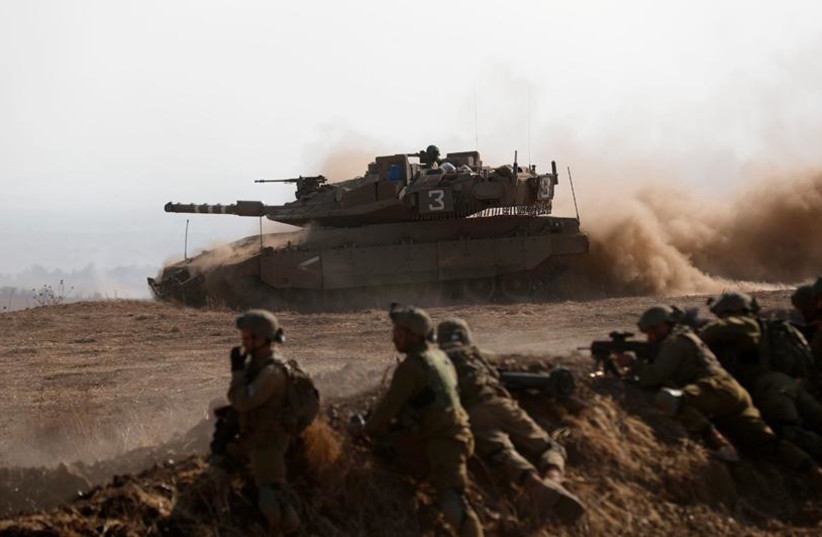



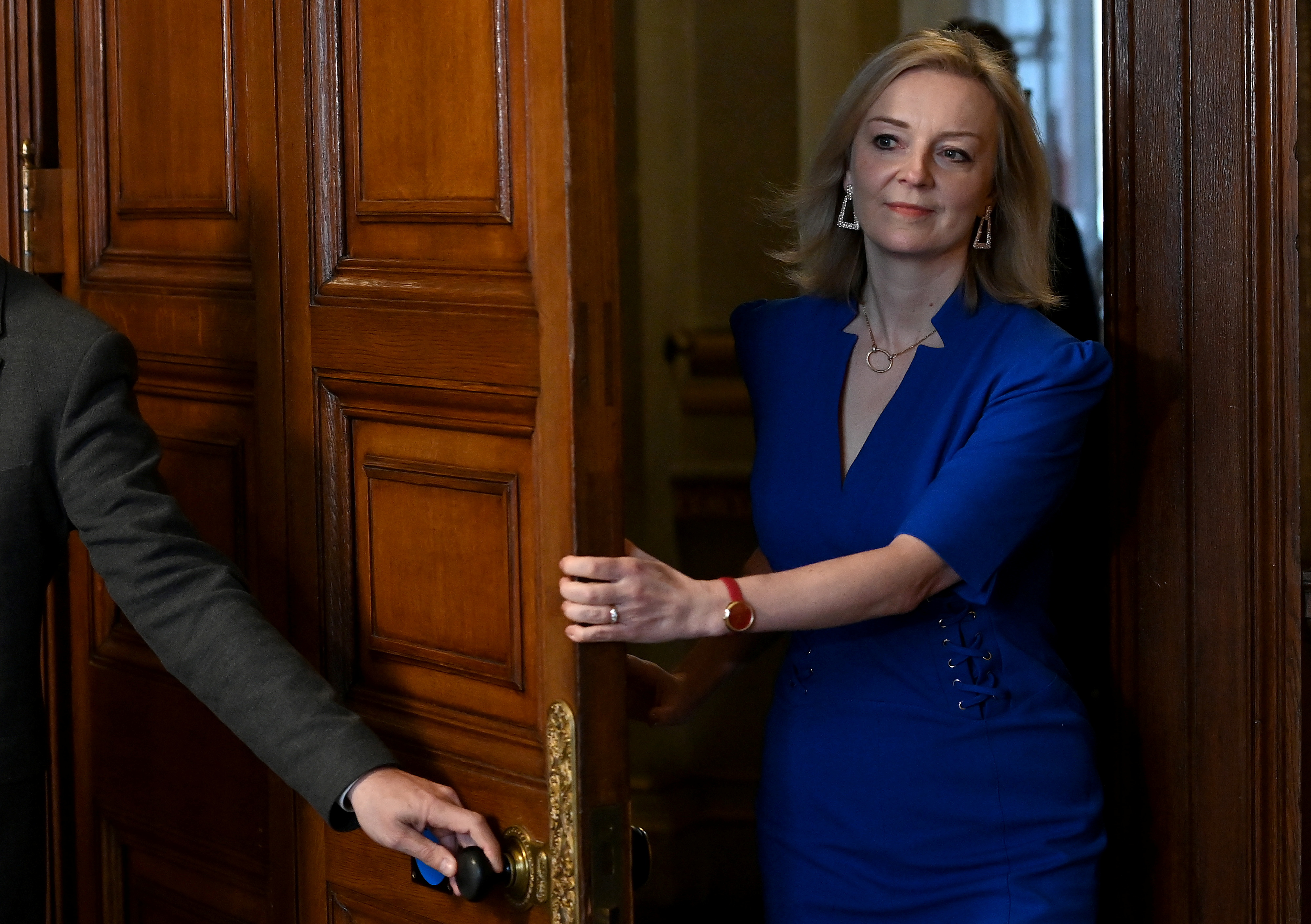
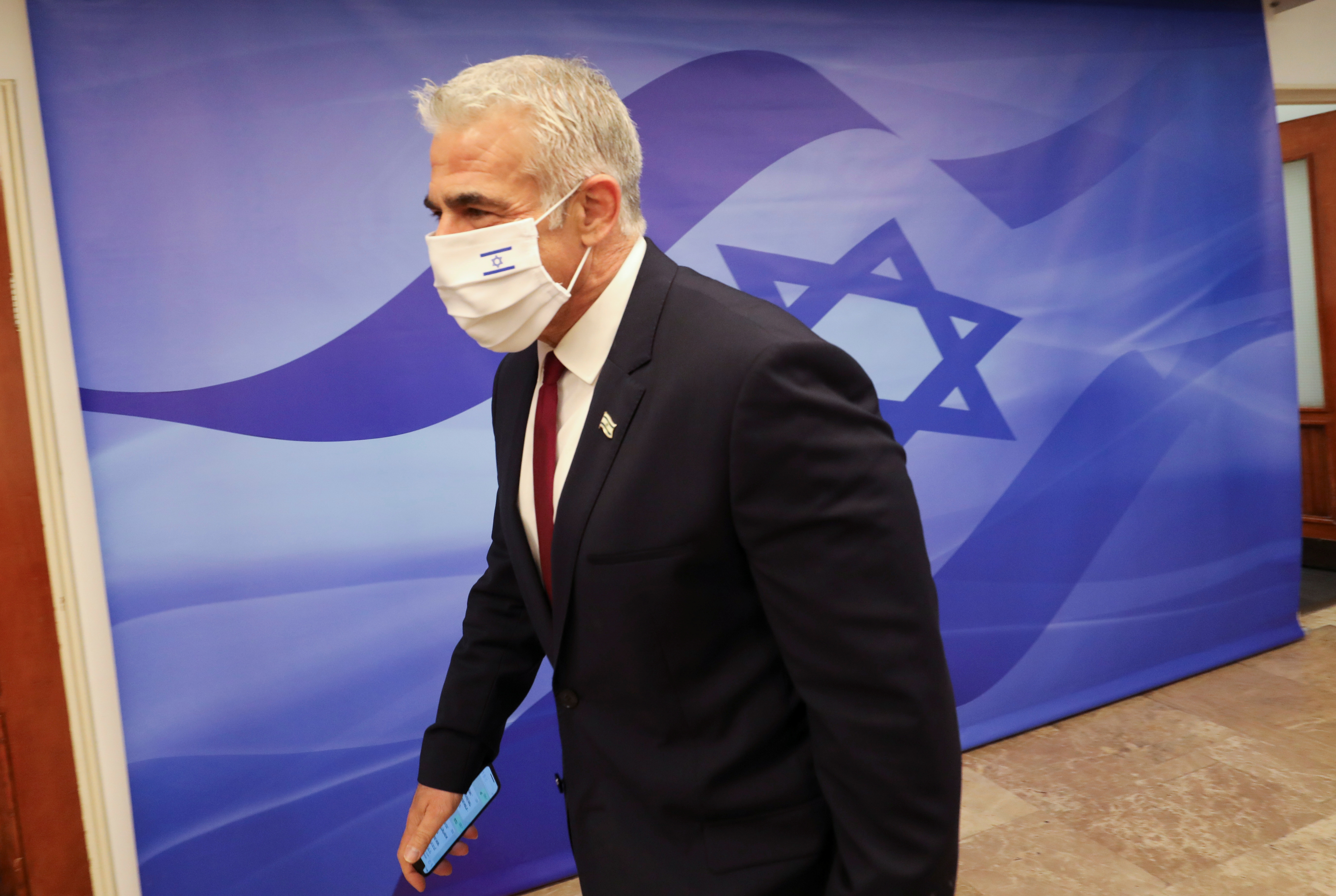
/cloudfront-us-east-2.images.arcpublishing.com/reuters/FJEIB5G3VJNMTHIKBSQE45FS4E.jpg)

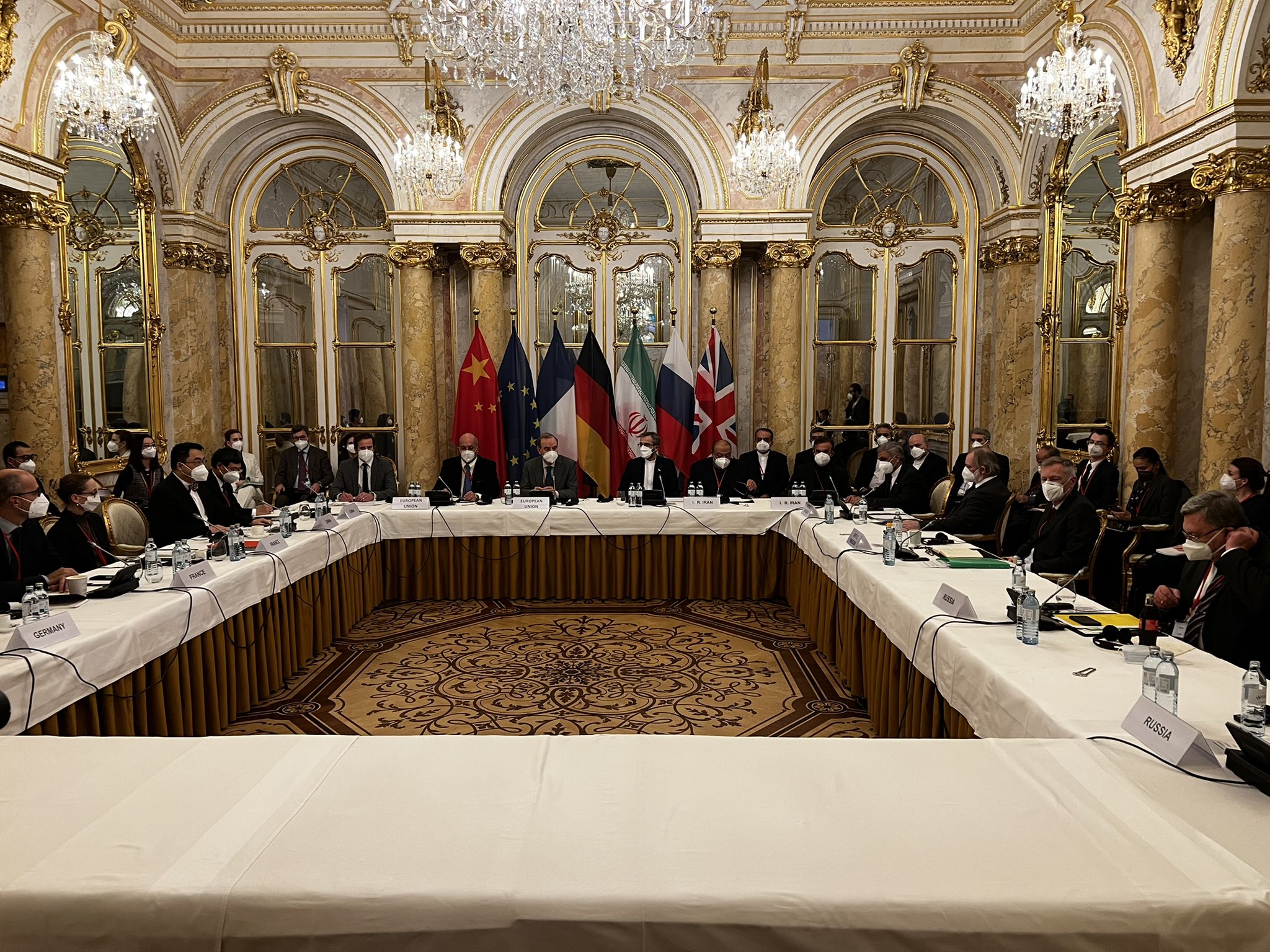


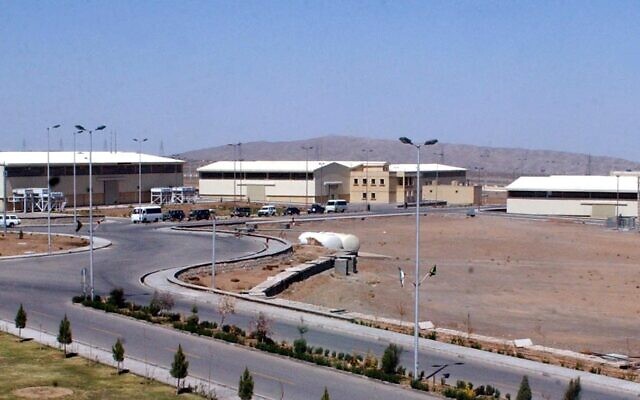

![Israeli Prime Minister Naftali Bennett speaks during a panel organised by Reichman University in Herzliya, Israel on 23 November 2021. [Israeli Government Press Office - Anadolu Agency] Israeli Prime Minister Naftali Bennett speaks during a panel organised by Reichman University in Herzliya, Israel on 23 November 2021. [Israeli Government Press Office - Anadolu Agency]](https://i2.wp.com/www.middleeastmonitor.com/wp-content/uploads/2021/11/20211123_2_51001275_70938854-e1638529469306.jpg?resize=1200%2C800&quality=85&strip=all&zoom=1&ssl=1)

